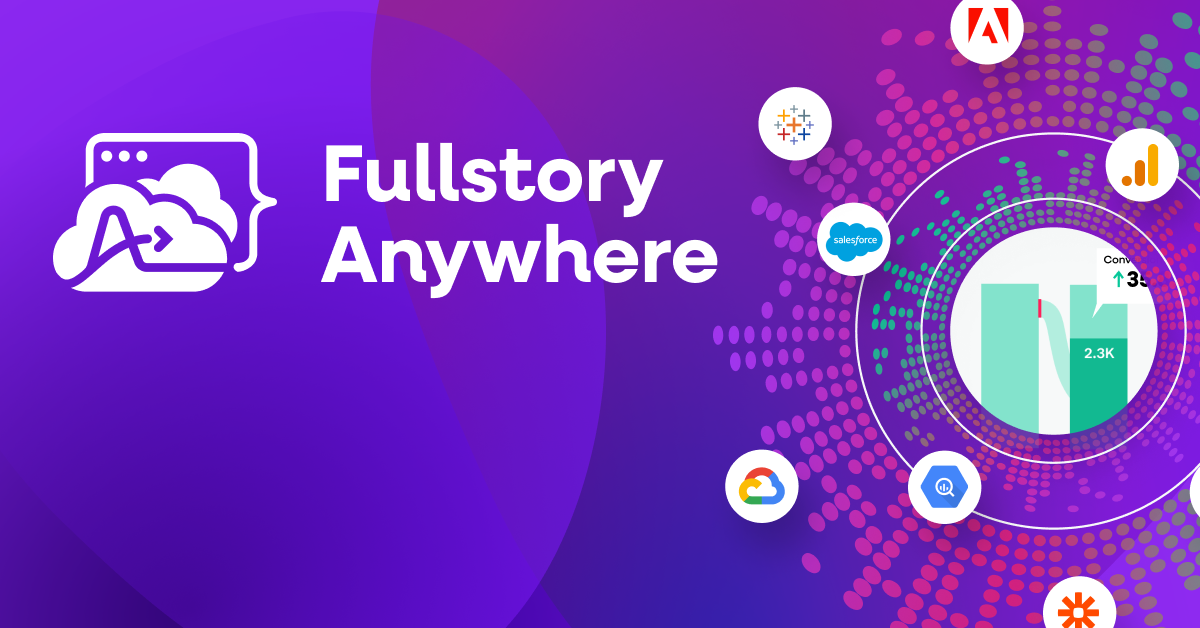With the pandemic and as-of-yet-unknown global concerns, uncertainty is likely to be the status quo for the foreseeable future. The ability for companies to shift seamlessly and continually deliver unexpected value will be critical as businesses work to thrive.
This is where experimentation-driven organizations will lead the way.
Iteration—testing and learning in a cycle of continuous improvement—allows teams to stay close to customers while encouraging organizational humility and flexibility. If an experience isn’t resonating with customers, the response is to test and validate a new evidence-based idea and change that experience—quickly.
Asking the right questions for an effective experimental campaign
Effective experimentation, however, requires an intentional strategy. Running a few ad hoc A/B tests will not get the results you’re looking for. Just as iteration is crucial when it comes to digital experience, it’s also critical in regards to experimentation strategy.
Whether this is your first test or you’ve conducted many, stop and evaluate your approach to testing amid any crisis.
Do we understand the shifts in shopper behavior to this point?
Do we have a way to monitor future shifts in shopper behavior?
Are our experimentation efforts focused on the right areas for this moment?
Are our teams able to share insights efficiently and stay aligned when urgency is key?
Are we able to quickly ship new experiences or are internal processes sluggish?
To begin an experimental strategy campaign, we must first observe shopper behavior.
Understanding the shift in shopper behavior
The term “digital transformation” has gone from an aspirational idea for many companies to a necessary reality.
The past few years have rapidly accelerated ecommerce adoption, triggering an incredible amount of growth. Many consumers have shifted to shopping online, and if they continue to do so at the same level, it could translate into $54 trillion in e-commerce sales that would otherwise have been made in brick-and-mortar shops.
According to Gartner, by 2024, 80% of IT organizations will undergo radical restructuring and changes to their missions as they embrace product-centric operating models. How can you stay ahead?
It’s important to note that these behaviors are driven by external circumstances, shoppers’ emotional states, and contexts.
Understanding the behavioral science behind why shoppers do what they do will help to be proactive when it comes to anticipating changes in behavior; emotion is a key determinant.
Because our logical brains have taken a back seat, we need extra guidance in simple situations. We need more reassurance that our choices will benefit us, and we need more guarantees that if we do make a choice, we can unmake it in the future.
Businesses need to have a deep understanding of what motivates shoppers to design and launch the most impactful experiments.
Let’s dig into the 5 tips for experimental strategies in the digital unknown.
See how Fullstory works for your organization.
Request a demo.
Tips to adjust experimentation strategies for the unknown
Here are five actions you can take right now to adjust your experimentation strategy in response to any crisis:
1. Update your customer research
As things change in the world, stay on top of customer intel.
Refresh your current customer research and at regularly scheduled intervals in the future. This requires using both quantitative and qualitative methods to prioritize customers’ most pressing needs.
2. Track current product demand
Test ways to ensure what customers currently want is readily available—and identify and validate emerging product opportunities.
Consider market growth, this is a factor of growth for the whole market which is sourced from market research. With the whole of market growth statistics, compare those to your own business growth.
3. Analyze risk and reward
Dial up or down experimentation program risk tolerance depending on how the market growth is impacting your sales.
Evaluation should include the state of the business, the state of the market, and the tools needed to move forward.
4. Invest where it makes sense
Make calculated investments where it fits. This includes hiring the best talent, acquiring new traffic, or investing in a Digital Experience Intelligence platform to power your digitization. This could also mean subtracting current investments that are no longer needed.
Enlist digital experience data to cut time to resolution and boost customer satisfaction.
This allows you to see firsthand which investments are making an impact.
5. Reevaluate your tech stack
Benchmark your digital tech maturity, audit your existing toolset, evaluate alternatives and then consider negotiating better rates or changing to a provider that allows you to modernize.
Fueling future growth with DXI
As a leading Digital Experience Intelligence solution, Fullstory understands the need to be agile. We’ve been helping product, engineering, and UX teams gather a deeper view of how people interact with sites or apps––it's searchable, extensible, and dynamically enriching to any tech-stack, not to mention aligning with teams to accelerate innovation.
This innovation will allow customer experience and digital intelligence to fuel business objectives in the unknown.
By getting full visibility into how customers interact with businesses online, you can glean actionable insights designed to drive business results—even at the most unpredictable of times.
See Digital Experience Intelligence in action.
Request a demo of the Fullstory DXI platform for your product team.


